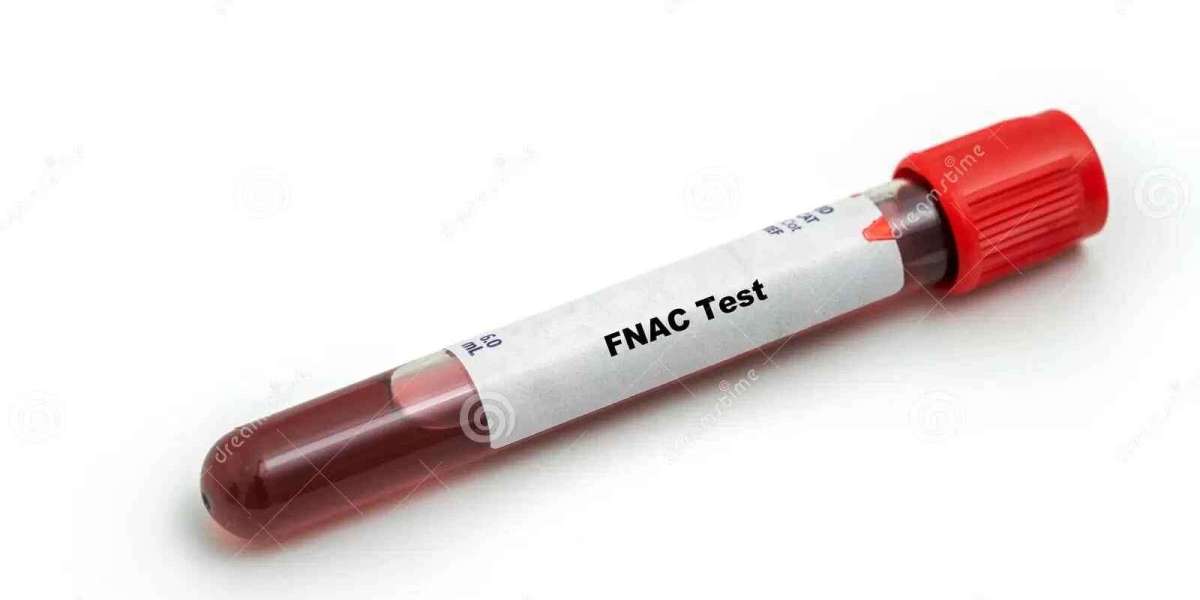Facing a medical test for the first time can be nerve-wracking, especially when it's a procedure you’re unfamiliar with. One such test is FNAC, which stands for Fine Needle Aspiration Cytology. Investigating lumps or masses in areas such as the thyroid, lymph nodes, or breasts is commonly recommended. While the FNAC test is considered simple and minimally invasive, being mentally and physically prepared can help ease anxiety and ensure the experience is smooth and stress-free. This article will walk you through everything you need to know to prepare for your first FNAC test.
Understanding the FNAC Test
FNAC is a diagnostic procedure that involves using a thin, hollow needle to extract a small sample of cells from a lump or swelling in the body. These cells are then examined under a microscope to determine if the lump is benign (non-cancerous), malignant (cancerous), or caused by an infection or another condition. The test usually takes only 10 to 30 minutes and is typically performed on an outpatient basis, meaning you can return home the same day. Despite its quick nature, many patients feel anxious about what to expect, especially when it’s their first time.
Mental Preparation: Calming Your Mind
The most important step in mental preparation is to understand the procedure thoroughly. Uncertainty often leads to anxiety, so educating yourself about the test can help calm your nerves. Speak with your doctor and ask questions like why the FNAC test is being recommended, what area will be tested, and what the possible outcomes are. Knowing the purpose of the test and what will happen during it can significantly reduce fear of the unknown.
If you’re feeling particularly anxious, share your concerns with your doctor. Whether it’s fear of needles, the test itself, or the possible results, being open about your worries allows your healthcare provider to help you manage them, possibly even offering a topical anesthetic or mild sedative to make the experience more comfortable. Practicing relaxation techniques like deep breathing, mindfulness, or listening to calming music in the days leading up to the procedure can also be helpful. These simple strategies can keep your mind calm and your stress levels low. Additionally, consider asking a friend or family member to accompany you on the day of the test. Emotional support can be incredibly comforting and can help distract you from any nervousness you may be feeling.
Physical Preparation: Preparing Your Body
Physically preparing for an FNAC test is usually straightforward, but it’s still essential to follow any specific instructions your doctor gives. In most cases, you won’t need to fast or make any changes to your diet. However, for tests involving internal organs or for patients who require imaging guidance like an ultrasound, there might be some instructions regarding eating or fluid intake. Be sure to follow these carefully.
If you are on blood thinners, aspirin, or anti-inflammatory medications, your doctor may advise you to pause them a few days before the test. These medications can increase the risk of bleeding or bruising during the procedure. However, never stop any medication without your doctor’s approval. On the day of the test, wear comfortable clothing that allows easy access to the area being tested. For example, if the FNAC is being done on your neck, wearing a loose or open-collar shirt can make the process easier for the healthcare provider. Also, avoid applying lotions, oils, or creams on the area to be tested, as these can interfere with the sterilization process.
What to Expect on Test Day
On the day of the test, you’ll either be seated or asked to lie down, depending on where the sample will be taken from. The area will be cleaned with an antiseptic solution to prevent infection. The doctor will then insert a fine needle into the lump or swelling and extract the cell sample. While the idea of a needle might sound intimidating, the pain is usually minimal—most patients describe it as a slight prick or mild pressure. Sometimes, the procedure is guided by an ultrasound, especially when the lump is not easily felt from the surface. In some cases, the doctor may take multiple samples to ensure accuracy. If you're considering this procedure, you can get an FNAC test near you through a trusted diagnostic lab to ensure quick and reliable results.
After the test, the area might be slightly sore, and you could notice some bruising or swelling. This is normal and usually goes away within a couple of days. A small bandage will be applied to the area, and you’ll typically be free to go home shortly afterward and resume your normal activities.
Coping with the Waiting Period
For many people, the most stressful part of the FNAC test isn’t the procedure itself, but the wait for the results. To help manage your anxiety during this time, ask your doctor when you can expect to receive the results and how they will be communicated to you. It’s also helpful to remind yourself that undergoing the test is a step toward clarity. Whether the results are reassuring or indicate the need for further treatment, knowing what’s happening inside your body allows you to move forward with the right care.
While waiting, try to stay occupied with activities that bring you joy or distract you. Watch movies, read books, or spend time with loved ones to keep your mind off the anticipation.
Final Thoughts
Preparing for your first FNAC test may seem daunting, but a little mental and physical preparation can go a long way in making the experience manageable and less stressful. By educating yourself about the procedure, communicating openly with your healthcare provider, and following simple pre-test instructions, you’ll feel more confident and in control. Once the procedure is complete, don’t forget to open your latest lab report to review the findings and discuss them with your doctor. Remember, the goal of the FNAC test is to provide your doctor with valuable information that can help guide your treatment or rule out serious concerns. Trust in the process, and take it one step at a time.


